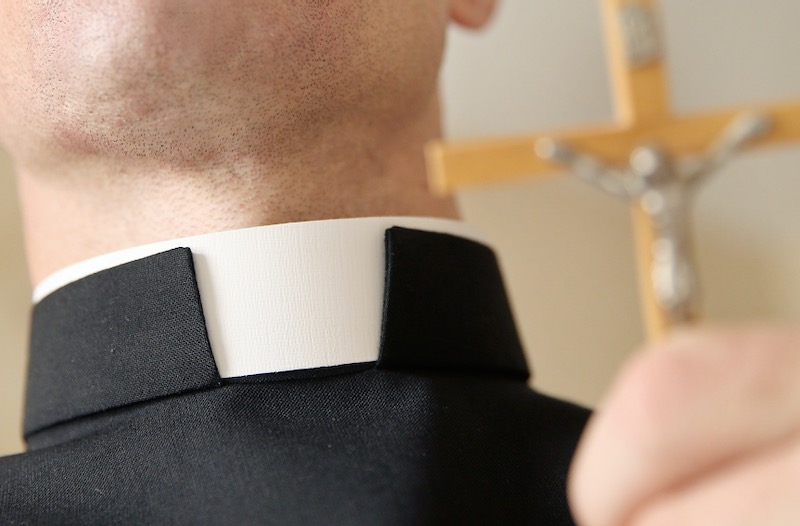A new guide in English for Catholic exorcists is to be published by the end of this year or early in 2021.
“Guidelines for the Ministry of Exorcism: In Light of the Current Ritual” was published in Italian in May, and according to its publisher, the International Association of Exorcists (AIE), the English-language edition is currently under review by the Congregation for the Clergy.
AIE president Fr Francesco Bamonte told the Catholic News Agency that the Congregation for the Doctrine of the Faith and the Congregation for Divine Worship have also contributed to the guide.
In the book’s preface, Cardinal Angelo De Donatis, vicar general of the Diocese of Rome, writes that “the exorcist cannot proceed at his own discretion, since he works within the framework of an official mission that makes him in some way representative of Christ and the Church”.
Fr Bamonte said it was impossible to understand this ministry without belief in Jesus and his Church.
The AIE was founded in 1990 by half a dozen priests including the late Fr Gabriel Amorth, a renowned Rome exorcist. It was officially recognised by the Vatican in 2014.
Presenting the new guide in Rome in July, the AIE's president, Fr Francesco Bamonte, of the Servants of the Immaculate Heart of Mary, said it was not a text book about exorcism, but presented a set of tools, “but only and only from what Jesus said and was the first to do, giving the apostles and their successors the mission to continue his own work.” It is a manual of doctrine and practice in the light of the ritual of exorcisms of the Catholic Church, he explained.
He told Avvenire that bishops and priests had wished it to be published generally, “both to offer a useful text to clarify several obscure and confused points accompanying the delicate exorcist ministry, both to count on a good catechetical and pastoral tool that acted as a counterweight to the many publications that emphasise the sensationalistic aspects of diabolical action.”
He explained that chapter XI of the guidelines sets out what the Church requires of the priest in charge of the ministry of exorcist. “In particular, the bishop who grants him the license to exorcise must verify that he is adorned with piety, science, prudence, integrity of life and that he has a specific preparation that makes him suitable for this delicate service. As for the difference between the exorcist priest and the others who are not, it is the same as the difference between the priest who is parish priest and the others who are not parish priests or the priest who is hospital chaplain and the others who are not chaplains.”
Asked how the devil can be recognised, he said: “Excluding the natural and the supernatural cause in what is observed and examined, only the preternatural, or demonic, cause remains. But the discussion on discernment cannot be exhausted in two lines, so I can only refer to the careful reading of the guidelines.”
He continued: “There are great sinners who suffer no extraordinary disturbance from the devil, while there are true saints who have been victims of extraordinary diabolical actions. What really matters is which side each of us wants to be, as we were asked in Baptism: "Do you renounce Satan? Do you believe in God?"
He said no data existed on numbers of exorcisms a year, but in his association there are currently around 800 members.



 Loading ...
Loading ...